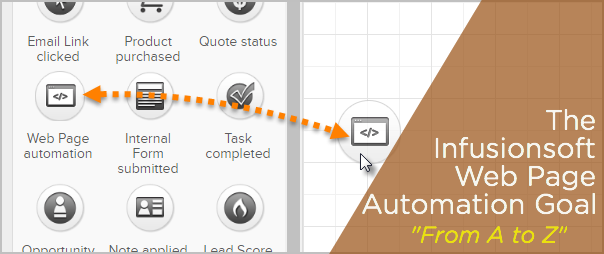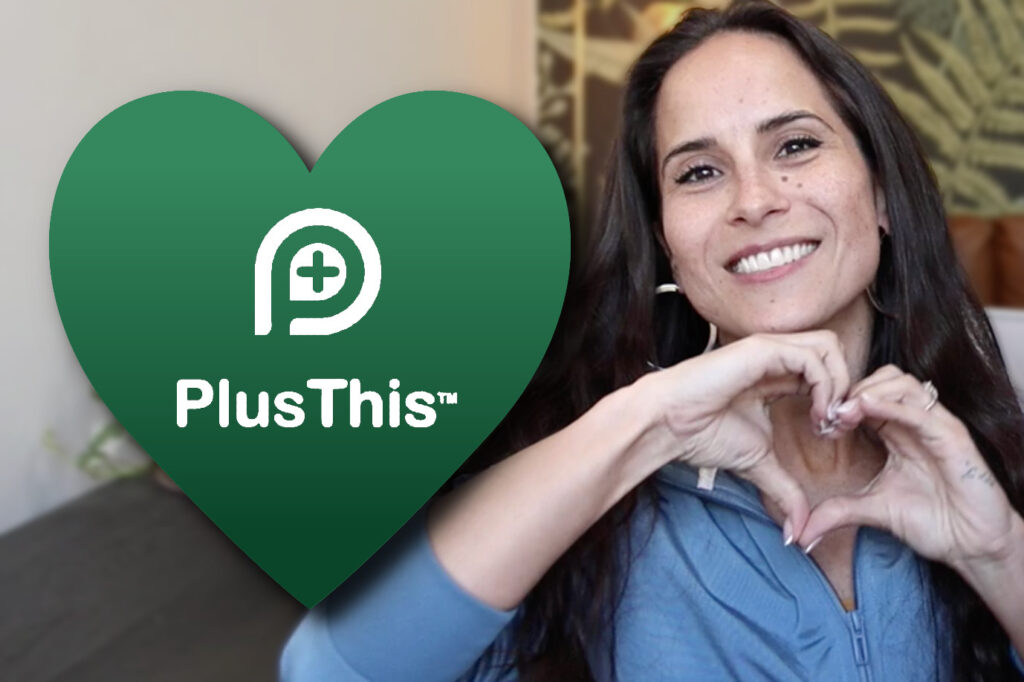The Keap Web Page Automation Goal was introduced in December of 2016 (back when Keap was called Infusionsoft).
This new goal for the Campaign Builder made an already powerful tool, even better.
Effectively this goal allows you to trigger something in your Keap campaigns when a contact visits a page on your website.
It’s a tactic larger brands have been using for a long time, and I was thrilled to see it make it’s way into the campaign builder that we know and love.
I’ve got a video today that’s going to show you how I use this goal to build a Cart Abandonment Follow-Up campaign, and then a few tweaks I recommend to solve for repeat visitors, or to limit the audience.
But before we dig into that, I wanted to mention a few other resources you may find valuable:
- If you want the click-step instructions for how to use this goal, here’s the help article from Keap.
- If you want a more detailed look at why this goal is important, and a handful of use cases where it might fit in your business, I recommend this post by my friend Brett over at Blick Digital.
I think the most obvious use case for this goal is to follow up with contacts who visit a sales page on your website, but don’t end up signing up.
This goal allows you to capture that buying moment, and help encourage those customers to sign up by offering additional value, answering questions, or addressing their concerns. The ability to interact with someone at such a pivotal juncture is really powerful.
After I walk through the basic campaign design and functionality, stick around as I put on the afterburners and adapt it for a few advanced scenarios:
The demo above was built using Keap Max Classic (which was called Infusionsoft at the time), but this same approach would work for Max, Pro, or any version of Keap with the campaign builder and this goal method.
Note: The Web Page Automation goal can only be achieved if Keap knows who the web page visitor is – and can find a corresponding contact record for that person.
So, for this to work, the visitor needs to have been cookied – meaning that Keap can track them. There are a few ways for a contact to be cookied, but here are the most common:
- Clicks a link in an Keap email
- Submits a Keap web form
- Submits a legacy Keap landing page
- Checks out through an Keap order form or the Keap shopping cart
More details here from the original release notes.






Hey Greg… Love your stuff man – Im an advanced IS user and always get something to take away from your videos.
Great work buddy.
Appreciate the love! Thanks for reading (and watching).
Great stuff, Greg. One way I’m using the Web Automation Goal with my wife’s business is this:
1. First time the Contact visits the coaching page, they get tagged with ‘coaching_page_visit_1’, and we get a Task/email alerting us to the fact and that we should check out what the Contact’s been up to (i.e., tags, notes, web history).
2. On the Contact’s second visit to the page, they get tagged with ‘coaching_page_visit_2’ and we get a Task/email alerting us that this is their second visit, so consider reaching out to them manually.
3. On the Contact’s third visit to the page, they get tagged with ‘coaching_page_visit_3’ and we get a Task/email alerting us that this is their third visit, so seriously consider reaching out to them manually.
Another approach we have is purely for segmentation. Our focus is helping women with Prediabetes avoid getting Type 2 Diabetes, so we mainly talk about food and exercise. But we also have some women that fit into some narrow sub-segments: smoking, alcohol, depression, poor family support, etc., all of which are factors in their health.
So I set up Web Automation Goals for each of those sub-segment categories (e.g, a Goal for ‘smoking’). And then whenever we have a blog post about that particular topic, the only Contacts that will check it out are the ones that that’s an issue for. So when they go to any of our ‘smoking’ blog posts, they get tagged with a ‘smoking’ tag…which enables us to target them specifically later. It’s almost like a silent survey; they ‘told’ us that smoking is an issue for them because they went to a page specifically about smoking.
And then if we do a JV one day with a stop-smoking expert, we know which of our Contacts to reach out to. Cool stuff!
Just thought that might get someone else’s juices flowing.
Cheers,
Grant
Yes! I love this. My video only really talks about automating follow up to the customer, and this perfectly illustrates some of the internal reminders and processes you can set in motion with this goal. Great share!